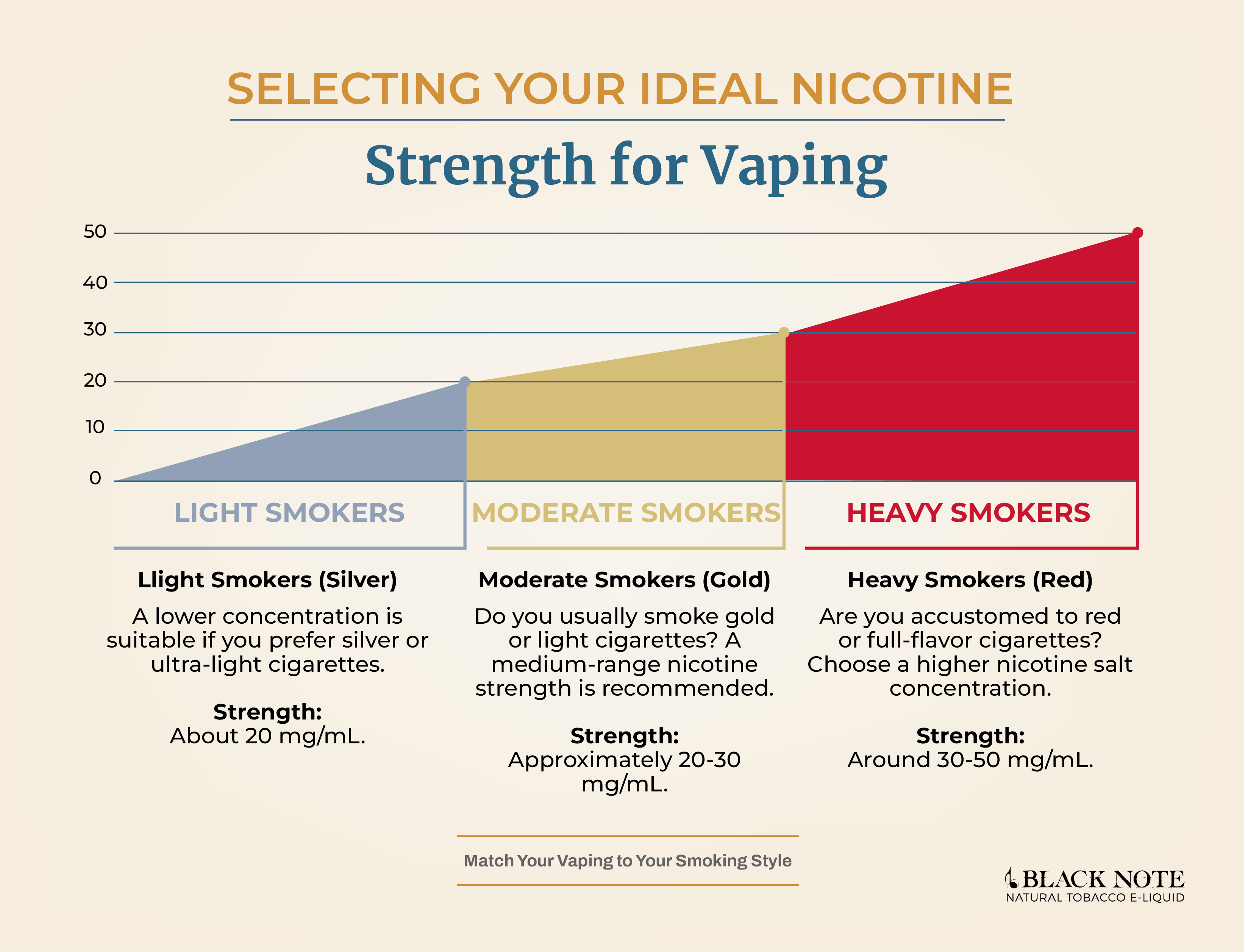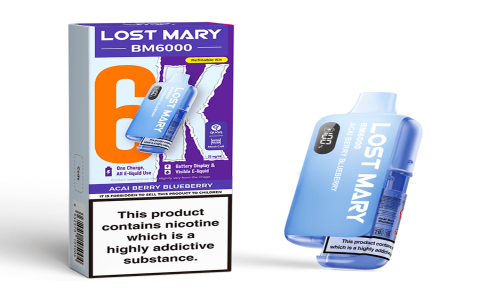Electronic cigarettes deliver nicotine primarily through two chemical forms: freebase nicotine and nicotine salts.
Nicotine Forms
- Freebase Nicotine: The purest form, offering a harsher throat hit at higher concentrations but slower absorption into the bloodstream.
- Nicotine Salts: Formed by reacting freebase nicotine with acids (e.g., benzoic acid). This reduces pH, yielding a smoother throat hit even at high concentrations. It allows for faster absorption that more closely mimics traditional cigarettes.
Pharmacokinetics
Peak plasma nicotine levels from e-cigarettes are typically lower and occur later than combustible cigarettes, though delivery varies significantly by device type and user behavior. Nicotine salts generally achieve faster absorption and higher peak concentrations than equivalent freebase nicotine solutions in pod-based systems.

Other Key Factors
- Concentration: Measured in milligrams per milliliter (mg/mL) or percentage (%). Ranges vary widely.
- Device Characteristics: Power output (wattage), coil resistance, and aerosol generation efficiency critically influence the nicotine yield per puff.
- User Behavior: Puff topography (duration, volume, frequency) directly determines intake.
While often less harmful than combustible cigarette smoke, nicotine is highly addictive and poses particular risks to adolescents due to brain development impacts. The long-term health effects of e-cigarette use, particularly concerning novel formulations, remain an active research area.










